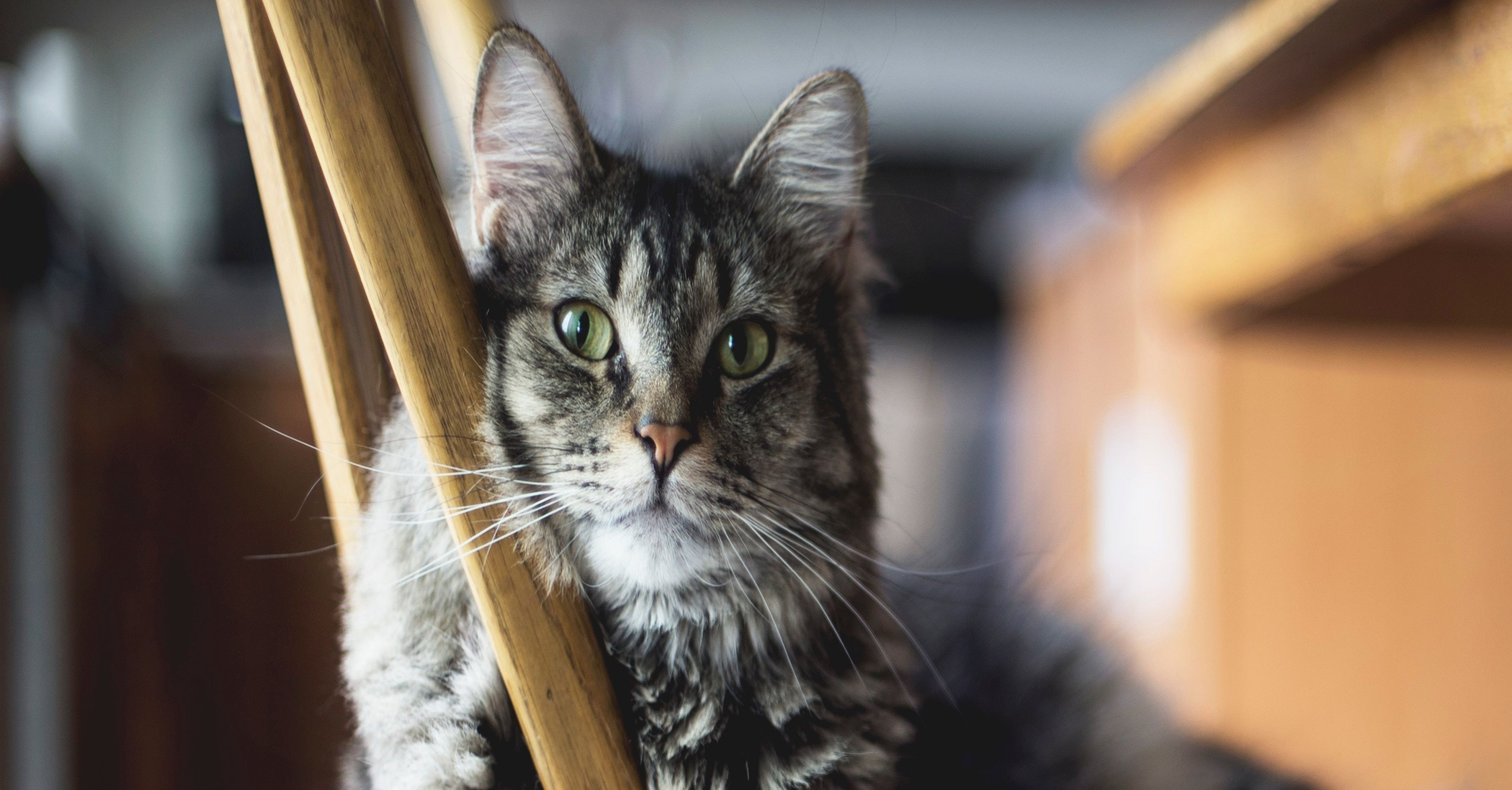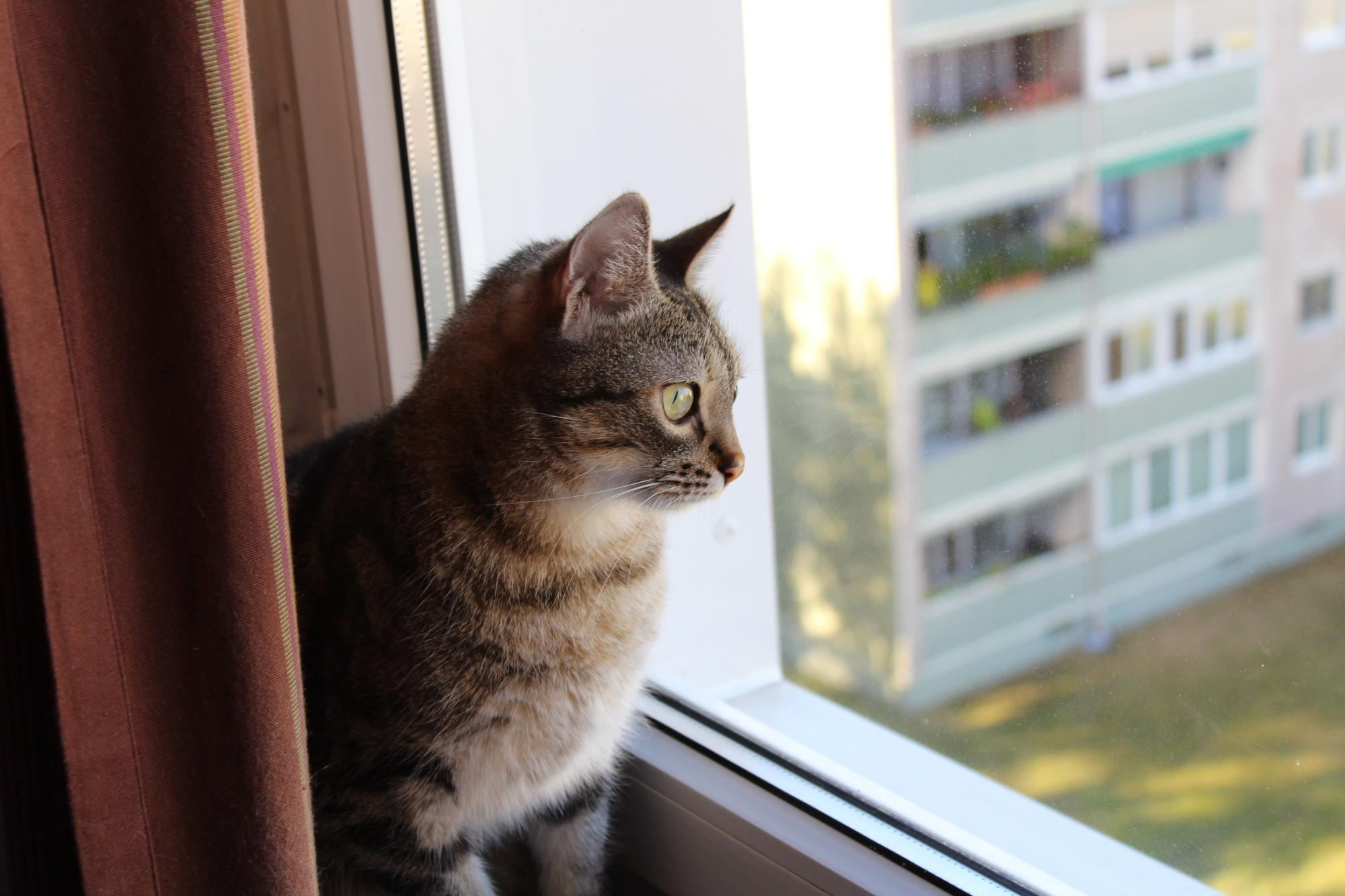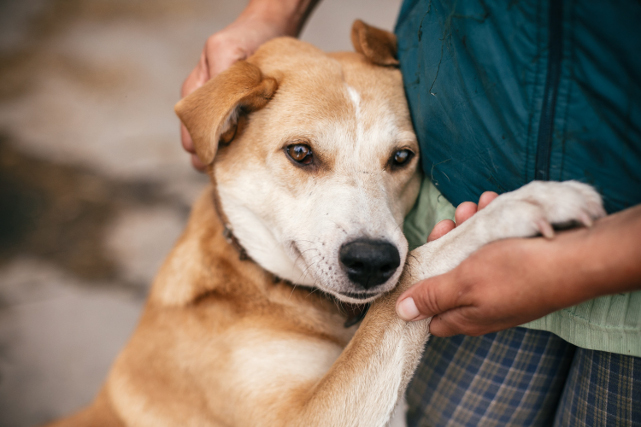As a cat owner, you naturally want to keep your furry friend in tip-top shape whenever possible. However, it’s very common for cats at all ages to do everything possible to hide pain and injury, thanks to their ancient survival instincts. While this was a helpful trait in the wild, today it does little more than delay your cat from receiving the care they need to live their healthiest, happiest lives.
One of the most common issues for senior cats to experience is joint pain (and by extension, arthritis). While we always recommend taking cats—and especially senior cats—in for frequent veterinary check-ups, there are a few signs of arthritis and joint pain for cat owners to be aware of.
By being aware of these typical signs of joint pain in cats below, you can hopefully identify the problem sooner and provide your pet with the care they need. Doing this quickly ensures your cat experiences as little pain and discomfort as possible.
Hiding or withdrawing from people and other animals
Like we mentioned before, cats have a natural instinct to hide when they are injured, sick, or in pain. This is a survival instinct to keep an animal safe when they’re vulnerable. Though our cats are safe with us, many will nevertheless hide and withdraw when dealing with chronic joint pain. You need to compare this to your cat’s typical behaviour, but if you notice that you rarely see them and they prefer to hide in hard-to-reach spots, it could be a sign that they’re not feeling well.
Playing less
Cats are known for their acrobatic skills and physical finesse—however, joint pain can severely limit their ability to play and move as they normally would. Cats in pain may be unwilling to run, jump, or do other physical activities. If you notice that your cat is no longer interested in playing, it could be a sign that their joints are causing them too much pain.
Hesitancy with normal actions
Playing isn’t the only activity that might be impacted by arthritis or joint pain. Most cats are agile enough to jump onto furniture or handle stairs with ease, but if you notice that your once-spry cat either hesitates to perform these feats, or refuses to do them at all, it might be a sign of joint pain (and accompanying movement issues) preventing them from doing so.
Stiff walking, favouring one side, and other mobility issues
It can sometimes be possible to notice an issue like joint pain simply from the way your cat moves. This is easiest for those who have been with a cat for a long time and have something to compare it to. Be on the lookout for possible signs like a stiff, unnatural walking pattern, shifting of the weight back to the pads of the paws instead of the toes, or a slight limp causing them to favour one side.
Changes in grooming habits
In many ways, cats can be unpredictable. A cat experiencing chronic joint pain could groom much more than usual, even excessively licking a sore area and causing a bald spot. On the other hand, cats might feel too stiff and sore to reach certain areas, leading to no grooming at all and large clumps of fur accumulating. Pay attention to your cat’s usual grooming habits and be sure to note any major changes in their routine.
Not using the litter box
Cats with joint pain and osteoarthritis may stop using the litter box. This can be for a few reasons—your cat may not be able to comfortably jump over the lip of the box, and the small pieces of litter may be irritating the pressure points on your cat’s feet. It’s not uncommon for cats dealing with chronic pain to relieve themselves on softer, comfier areas, such as on carpets, clothing, or furniture.
Uncharacteristic aggression
Just as in humans, long-lasting chronic pain can have a profound effect on mental health, mood, and stability. Cats might become more aggressive to animals and people, (both strange and familiar) if they have been dealing with chronic joint pain for a long time. Though there can be other causes for uncharacteristic aggression, you should nevertheless pay attention to sudden shifts in these behaviours.
How to help your cat if they show these signs
There are many avenues of treatment to help manage the condition of your senior cat’s joints, ensuring they can enjoy life with as much mobility as possible. These include changes you can make at home, such as:
- Diet changes – Cats with excess weight are at more risk for joint pain, since it can lead to excess wear and strain on joints. Your vet may recommend certain dietary changes.
- Encouraging exercise at home – In order to promote weight loss, you can try setting up spaces for your cat to move and play that allow for their physical limitations. Your vet may have some suggestions if you’re not sure.
- Certain supplemental ingredients – Your vet may also recommend products containing essential nutrients and ingredients for supporting joint health.
Your veterinarian will need to be more involved in order for your cat to be as comfortable as possible. They may prescribe anti-inflammatory medicine to reduce pain and swelling, and make recommendations for complementary treatments such as massage. Talking to them about your cat’s overall health and wellness for their joints is key to ensuring your kitty receives the support it needs to live as comfortably and happily as possible.
Creative Commons Attribution: Permission is granted to repost this article in its entirety with credit to Hastings Veterinary Hospital and a clickable link back to this page.






